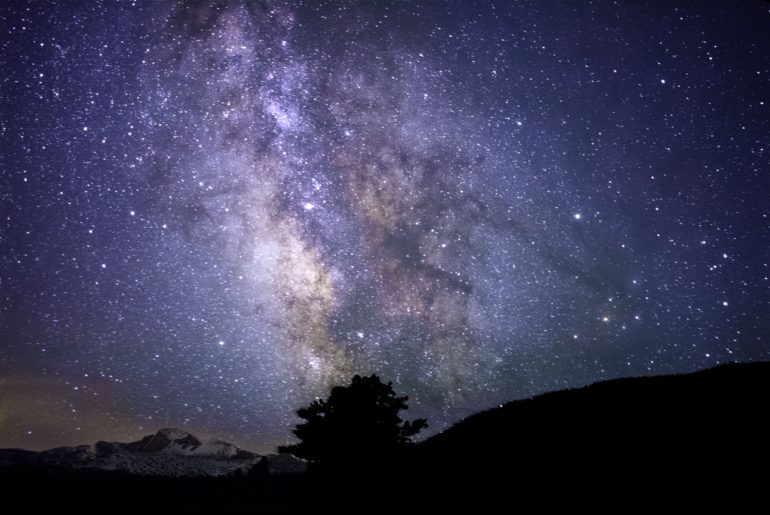Astrophotography means taking a photograph of an object hovering in space either with a point-and-shoot camera, a telescope, or any other instrument. The subject matter may include anything ranging from a moon to the Milky Way.
Astrophotography can further be classified into various subfields which includes Deep space, Solar system, Widefield Astrophotography, and Timelapse Photography. In the modern age of digital photography, it is more feasible to go for wide field astrophotography as it is within everyone’s reach.
As far as the equipment is concerned, a modern DSLR camera with good low light capabilities, a wide angle lens, and a good sturdy tripod will do more than enough. It is preferable to use a wide-angle lens with a large aperture like 24mm f 2.8 as this would help in capturing a wide angle shot and enable more light to enter into the camera, so that clear pictures can be shoot.
It is imperative that along with a clear sky and less pollution the chosen location can also accommodate a good wide angle shot.
Preferable settings for astrophotography:
- Set camera lens to widest aperture (f/2.8 is better than f/4 or f/5.6)
- Set the shutter to the 5 seconds
- Set the ISO to 800 or 1600
- Set the White Balance to Daylight/Sunny or put it to Custom as per the requirement.
This basic knowledge will equip you to take good quality night sky images.
Feature Image Credits: Jeremy Thomas
Akarsh Mathur
Sandeep Samal

